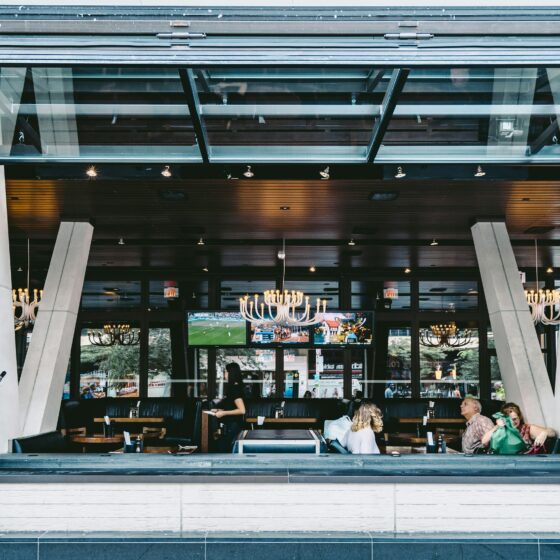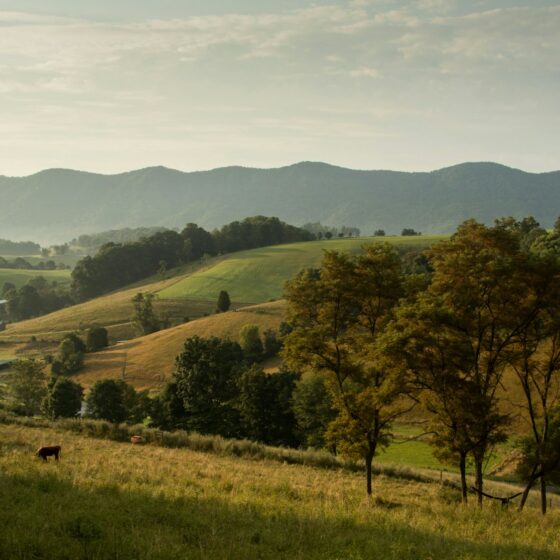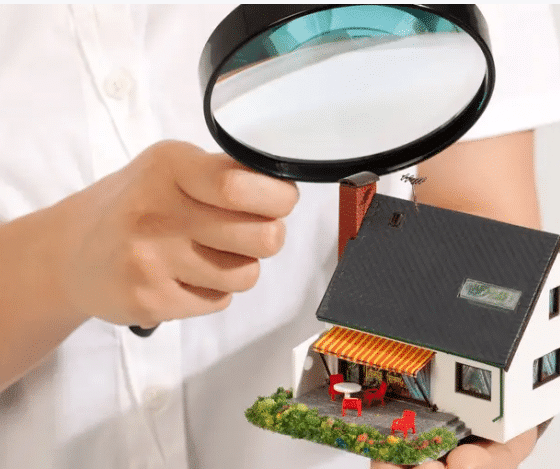Do you love the taste of sage but can’t always get your hands on fresh herbs? Well, did you know that you can grow sage indoors all year long? It’s true!
In this blog post, we will discuss how to grow sage indoors and how to make sure your plants are healthy and happy. So, whether you’re a beginner or an experienced gardener, this blog post has something for everyone!
How to Grow Sage from Seed
If you want to grow sage from seeds, start them indoors about six to eight weeks before your last frost date. Sow the seeds on the surface of moistened potting mix or seed-starting soil and gently press them in.
Cover the container with plastic wrap or a clear lid to help maintain humidity and keep the seedlings warm. Place the container in a sunny spot and check on it daily, removing the cover or lid to water as needed.
Once the seedlings emerge, thin them so that only the strongest plants remain. When they reach about four inches tall, transplant them into individual pots.
How to Grow Sage from Stem Cuttings
Growing sage from stem cuttings is really easy and only requires a few supplies that you probably already have around the house. All you need is some fresh sage, a sharp knife, a pot with drainage holes, and some well-draining potting mix.
To get started, fill your pot with the potting mix and moisten it well. Then, take your sage cutting and remove any leaves from the bottom half of the stem. Next, dip the cut end of the sage in some rooting hormone if you have it. This will help encourage root growth.
Now, insert the cut end of the sage into the potting mix and firm it around the base of the plant. Make sure that the leaves are not touching the potting mix as they will rot. Water the pot well and place it in a bright spot out of direct sunlight.
Keep the potting mix moist but not soggy and within a few weeks, you should see new growth appearing on your sage plant. Once your sage has established itself, you can start harvesting the leaves to use in your cooking.
How to Grow Sage by Layering
To propagate sage by layering, simply bend a stem down to the soil surface and weight it down with a rock or piece of pottery. New roots will form where the stem touches the soil, and after several weeks you can cut the stem and pot up the new plant.
Ideal Growing Conditions for Sage
Sage is a perennial herb that can be easily grown indoors in pots. So, if you’re interested in adding some sage goodness into your life, follow these simple guidelines and get started on growing your own indoor sage today!
Sage Light Requirements
When it comes to sage growing conditions, full sun is best. But sage will also tolerate partial shade, especially in hot summer climates. If you live in an area with very hot summers, afternoon shade can help prevent the leaves from scorching.
Sage is a sun-loving herb, so it’s important to give your indoor plants plenty of light. A south-facing window is ideal as sage needs at least six hours of direct sunlight.
However, you can also grow sage under grow lights. Keep the lights on for 12-14 hours per day and make sure the plants are about six inches away from the bulbs. If your sage plants start to get leggy, it’s a sign they’re not getting enough light.
Ideal Temperature and Humidity Levels
To ensure that your sage plants remain healthy, it’s important to maintain ideal temperature and humidity levels. Sage plants prefer temperatures between 60-70 degrees Fahrenheit and humidity levels between 40-50%.
If the temperature or humidity levels drop below these ranges, your sage plants may become stressed and susceptible to disease. To prevent this, make sure to monitor the temperature and humidity levels in your home and take steps to adjust them if necessary.
Soil Requirements
Sage is a hardy plant that can adapt to a wide range of soil types, but it prefers well-drained, sandy loam soils. Therefore, you can use a potting mix formulated for cacti and succulents. Sage is tolerant of drought and can even thrive in poor, dry soils. However, the plant will not do well in waterlogged or overly moist soils.
If your soil is not well-drained, you can improve it by adding organic matter such as compost or peat moss. Sage is also tolerant of a wide range of pH levels, but it prefers slightly acidic soils with a pH of 6.0 to 7.0.
Fertilizing Requirements
Sage is a low-maintenance herb, so you don’t need to fertilize it frequently. Once a month is sufficient. Use a balanced fertilizer and dilute it to half-strength before applying it to the soil.
While fertilizing sage is important, be careful not to overdo it. Sage is a relatively light feeder and too much fertilizer will burn the leaves.
Sage Water Requirements
Sage is a drought-tolerant herb, so it doesn’t need a lot of water. In fact, too much water can cause the leaves to turn yellow and fall off. When watering sage, be sure to allow the soil to dry out between waterings.
Water sage in the morning so the leaves have time to dry out before nightfall. Also, make sure to water it slowly and deeply so that the water can reach the roots. Once the roots are saturated, allow the excess water to drain away.
How to Harvest Sage
Harvesting sage is easy—simply cut off the stems you need, being careful not to damage the plant. When cutting, be sure to use sharp shears or a knife to make clean cuts.
To get the most flavor from your sage, harvest it just before you use it. If you want to dry it for later use, cut the stems in the morning after the dew has evaporated but before the day’s heat sets in.
If you want to keep your sage plant producing fresh herbs all season long, you’ll need to perform regular harvesting. This will encourage new growth and prevent the plant from becoming too leggy.
How to Store Sage
After harvesting, you can dry the sage leaves for future use or store them in the fridge for up to a week.
To dry sage, tie the stems together and hang them upside down in a cool, dark place until the leaves are crispy. Store your dried sage in an airtight container out of direct sunlight.
You can also freeze sage leaves to use later.
Conclusion
Sage is a great herb to grow indoors, as it has a strong flavor that can be used in cooking, and it’s also said to have some medicinal properties.
So, if you’re looking for a low-maintenance plant to help brighten up your home or office, sage is definitely worth considering. Growing sage indoors is quite simple. Just make sure you give it plenty of sunlight and water it regularly, and it should thrive.
Have you ever grown sage indoors before? If so, tell us about your experience in the comments below.
FAQ
Does sage need full sun?
Sage can tolerate partial shade, but it grows best in full sun. So make sure to place it in a spot that gets at least six hours of direct sunlight each day. If you can’t provide that much sunlight, you can supplement with grow lights.
How much water does sage need?
Sage is a drought-tolerant plant, so it doesn’t need much water. Water your sage plants when the soil is dry to the touch.
How long does sage take to grow indoors?
Sage is a fast-growing herb, so you can expect to see new growth within a few weeks of planting. Once sage has reached its full size, you can begin harvesting the leaves for use in cooking.
How do you harvest sage so it keeps growing?
The best way to harvest sage is to cut back the stem about an inch above a leaf node. This will encourage new growth from the node. You can also pinch off individual leaves as needed for cooking.
Should I let my sage plant flower?
If you want to enjoy the flavor of sage in your cooking, then it’s best to snip off the flower buds as they appear. Allowing the plant to bloom will decrease the concentration of flavor in the leaves.
Is sage easy to grow indoors?
You bet! Sage is a tough and versatile herb that’s perfect for growing in pots. As long as you provide the right growing conditions, your sage plants will thrive indoors. Check out our guide above to find out how to grow sage indoors so you can enjoy fresh herbs all year long!













